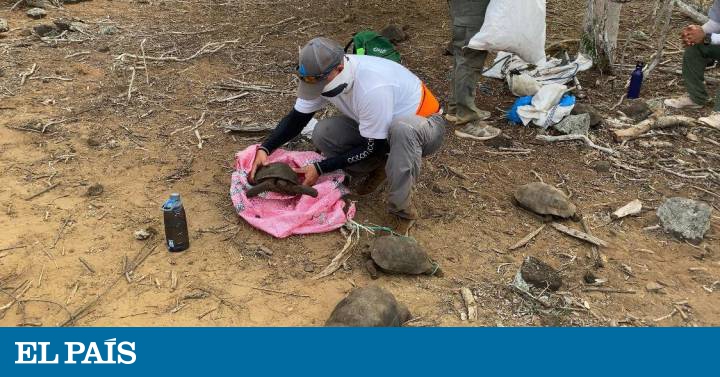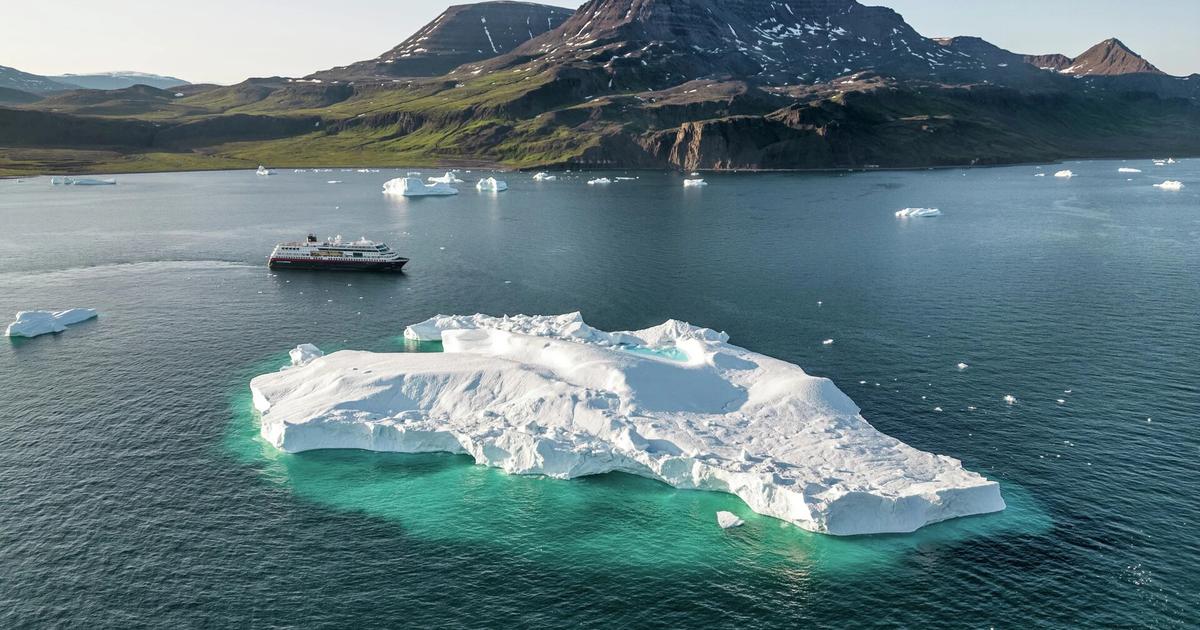A group of 36 giant tortoises born in captivity and of an endangered species have been repatriated to their habitat on San Cristóbal Island, one of the main islands in the Ecuadorian archipelago of Galapagos, the national park that host the islands reported on Monday.
The species is in danger of extinction according to the International Union for Conservation of Nature (IUCN).
The chelonians of the species
Chelonoidis chathamensis
were introduced into their natural habitat in the northwestern part of San Cristóbal, where there is an estimated population of 6,700 of these animals.
"The scientific information that we have on these turtles confirms that they remain healthy, with a good population structure that guarantees their survival," said PNG director Danny Rueda.
The turtles, between six and eight years old and weighing three to four and a half kilos, "went through a rigorous quarantine process prior to their release," the national park statement details.
During this time, oxygenation, temperature and heart rate were measured, and the animals were given blood and stool tests to rule out any disease or parasites, with the support of the Galapagos Science Center of the University of San Francisco de Quito.
In the last eight years, a total of 75
captive-
bred Chelonoidis chathamensis
tortoises have been repatriated
in a breeding center located in the south of San Cristóbal.
The Galapagos Islands, about a thousand kilometers off the coast of Ecuador, have unique flora and fauna in the world and are part of the biosphere reserve.
The archipelago, which served as a natural laboratory for the English scientist Charles Darwin for his theory on the evolution of species, takes its name from the gigantic turtles that live there.
Read more blog topics and follow us on Flipboard.





